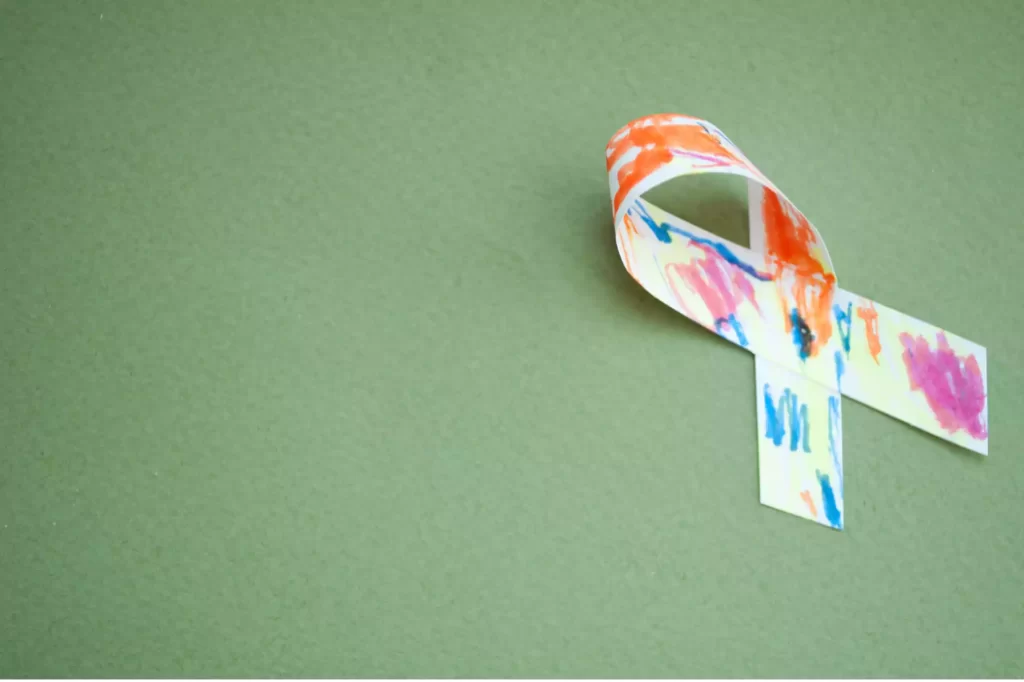
About Us
Evolve is a neurodiversity support centre specialised in autism. We are a team of highly qualified behaviour analyst and therapist with vast experience in providing support to individuals with neurodevelopment differences of all ages.
Who We Are
We are a group of Developmental Educators specialised in neurodivergence. Our team counts with analysts and therapists who have achieved high academic performance in the post-degree and master degree level. We are specialised in ABA (Applied Behaviour Analysis), Psychomotricity (Exercise and Movement), PRT (Pivotal Response Training), NI (Naturalistic Intervention) and other EBP (Evidence-Based Practices).
Our Team
Our Promise
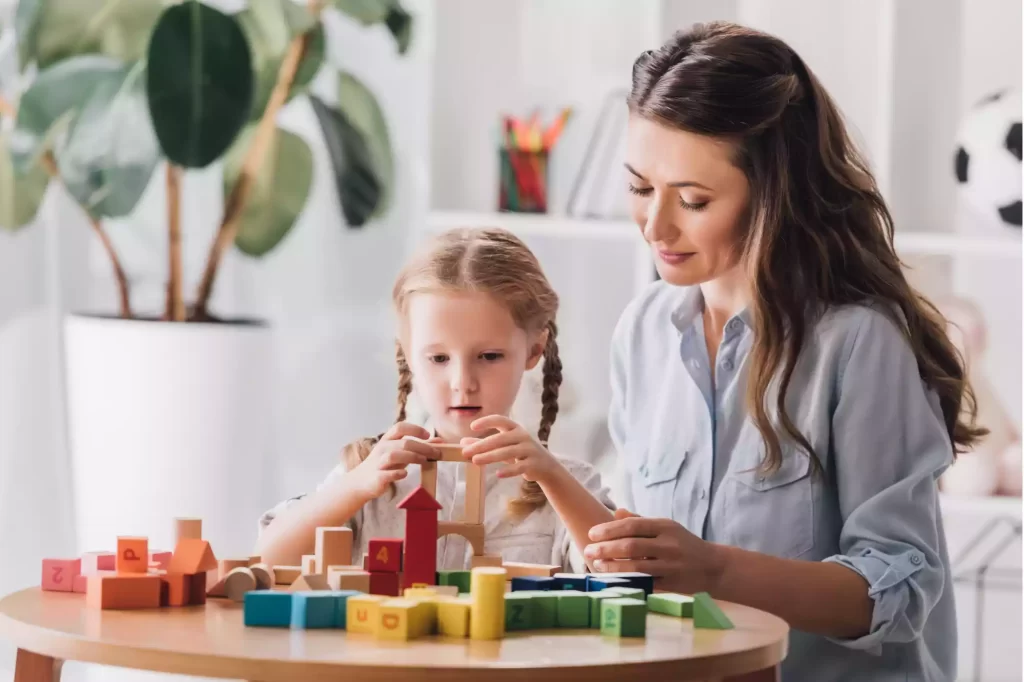
Our mission is to create connections and empower everyone in the Neurodiversity community with the resources needed to live fully.
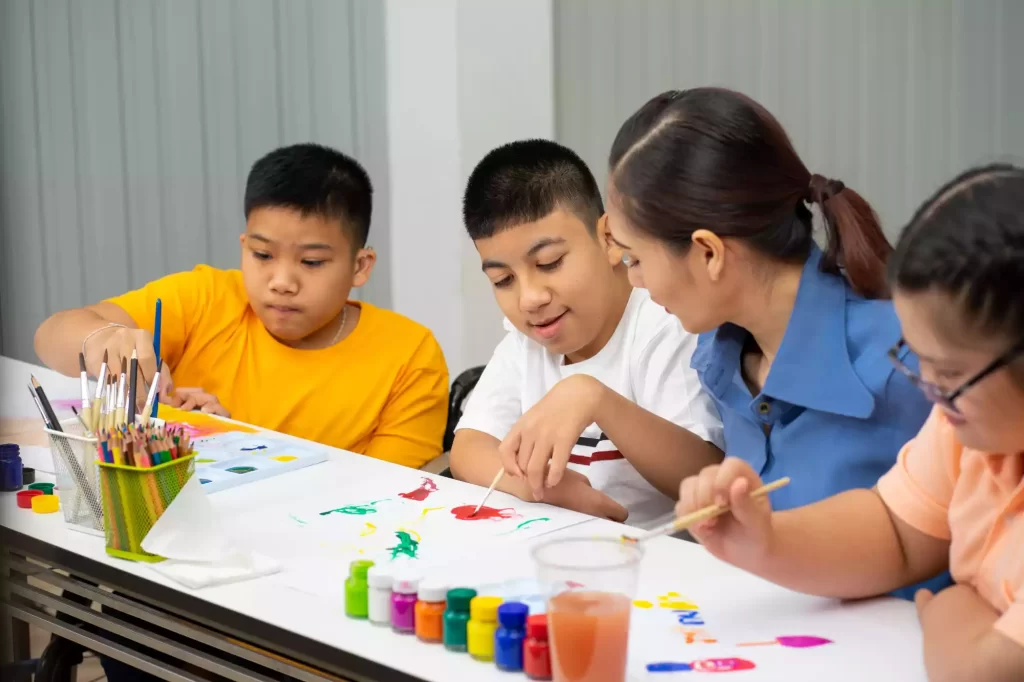
Creating a world where everyone in the Neurodiversity community can live happier, achieve more and make the most of their abilities.
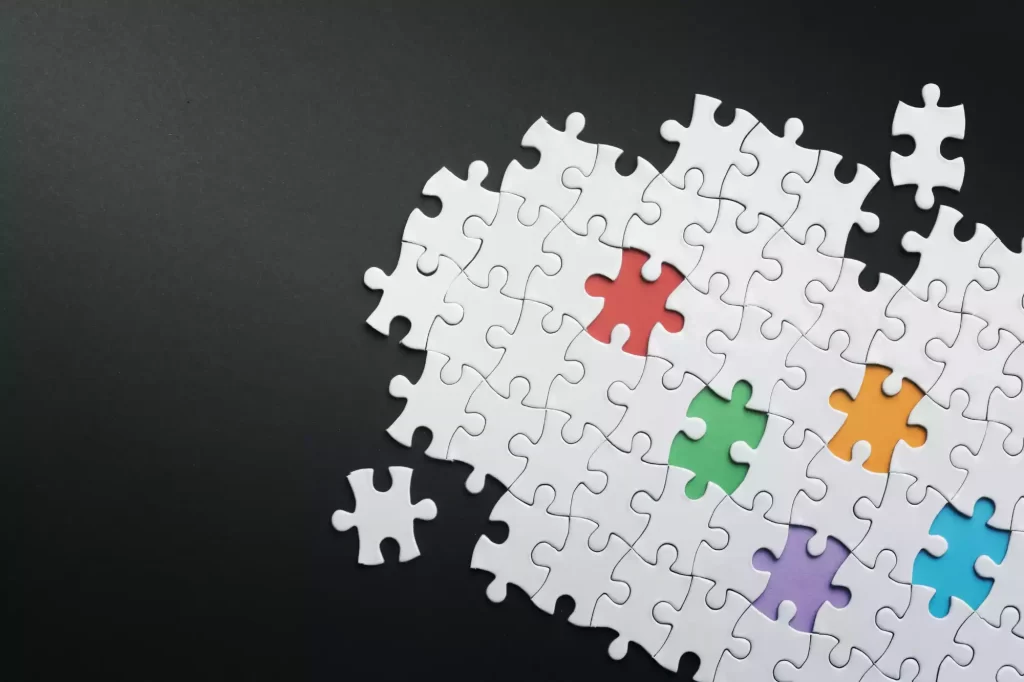
Dignity: where the value and self-determination of every individual are upheld.
Equity: where everyone with neurodiversity achieves the highest possible quality of life.
Inclusion: where every person is integrated into society without barriers or exceptions in a collaborative environment.
Diversity: where everyone is respected for their unique and individual differences.
Integrity: where we conduct ourselves with honour, truth, and respect in our thoughts, words, and actions.
What We Do
We support individuals on the autistic spectrum and all other neurodevelopmental differences. This includes ASD (autism spectrum disorder), Global Developmental Delay, ADHD and so forth.
Our play-based program is based on every individual’s goal and support needs. Each individual is initially assessed, and then based on a Decision-Making Framework; the most reasonable evidence-based practice is selected to provide the required support. Our program is based on principles of NI (Naturalistic Intervention), PRT (Pivotal Response Training) and Psychomotricity with a high emphasis on the ABA (Applied Behaviour Analysis) science.
We select evidence-based intervention practices guided by objective assessment, goals, and outcomes. We deliver our practices with fidelity by qualified and appropriately trained professionals. All services should promote self-determination, enhance inclusive community engagement, and improve quality of life.
Our program supports our clients and their families by extending the practice applied during our sessions to the natural environment. Thus, we increase the likelihood of achieving the expected goals faster. Additionally, our play-based program explores aspects of social communication and engagement, enhancing abilities such as turn-taking, “winning and losing” in games and other essential social skills.
Autism Spectrum Disorder
Basics of ASD
ASD, hereafter referred to as Autism (which includes Asperger’s Disorder and Pervasive Developmental Disorder – Not Otherwise Specified [PDD-NOS]), is a complex, lifelong developmental condition that typically appears during early childhood and can impact a person’s social skills, communication, relationships, and self-regulation. The Autism experience is different for everyone. It is defined by a particular set of behaviours and is often referred to as a “spectrum condition” that affects people differently and to varying degrees.
While there is currently no known single cause of Autism, early diagnosis helps a person receive resources that can support the choices and opportunities needed to live fully.
Autism is characterized by the American Psychiatric Association’s Diagnostic and Statistical Manual (DSM-5), which clinicians use to diagnose Autism by Persistent differences in communication, interpersonal relationships, and social interaction across different environments. What this can look like:
Being nonverbal, nonspeaking, or having atypical speech patterns, having trouble understanding nonverbal communication, difficulty making and keeping friends, difficulty maintaining typical back-and-forth conversational style.
Restricted and repetitive behaviours, patterns, activities and interests. What this can look like:
– Repeating sounds or phrases (echolalia), repetitive movements, preference for sameness and difficulty with transition or routine, rigid or highly restricted and intense interests, extreme sensitivity to, or significantly lower sensitivity to, sensory stimuli.
ASD is a neurodevelopmental condition caused by differences in the brain. People with ASD often have difficulties with social communication and interaction and restricted or repetitive behaviours or interests. People with ASD may also have different ways of learning, moving, or paying attention. It is important to note that some people without ASD might also have some of these symptoms. But for people with ASD, these characteristics can make life very challenging.
Social communication and interaction skills can be challenging for people with ASD. Examples of social communication and social interaction characteristics related to ASD can include:
- Avoids eye contact
- Irresponsive to name by 9 months of age
- Reduced facial expressions like happy, sad, angry, and surprised by 9 months of age
- Differences in the use of gestures by 12 months of age (for example, does not wave goodbye)
- Reduced interest in others by 15 months of age (for example, shows you an object that they like)
- Reduced use of pointing to show you something interesting by 18 months of age
- Reduced perception of when others are hurt or upset by 24 months of age
- Reduced interest in joining other children to play by 36 months of age
- Does not sing, dance, or act for you by 60 months of age
Most people with ASD have other related characteristics. These might include:
- Differences in language skills
- Differences with motor skills (gross & fine)
- Differences in cognitive or learning skills
- Hypo or Hyper-sensibilities
Co-occurring conditions:
- ADHD, OCD, ODD
- Epilepsy / seizure
- Eating and sleeping disturbances
- Gastrointestinal issues (for example, constipation)
- Anxiety
It is important to note that individuals on the autistic spectrum may not have all or any of the behaviours listed as examples here.
How We Do
Post family/support worker or individual first contact, and questionnaires will be e-mailed to the client. Thereafter, a face-to-face assessment may occur to discuss the selected practice.
The support we provide is based on ABA. Post a set of assessments and discussions with families and individuals, we will decide between a Global Intervention that will mostly focus on basic skills such as shared attention, listening skills, etc., that may occur based on a Naturalistic Intervention with the implementation and inclusion of other practices such as PRT. The other option is focused on a specific behaviour-targeted intervention that aims to support individuals in reducing behaviours in “excess” or increasing behaviour in “deficit”.
Below you can find a little bit about the science and practices our therapy is based upon:

ABA is a highly evidence-based approach used to understanding behaviour. The principal concept of ABA is related to principles focused on changes occurring to one’s behaviour and its relationship to environmental changes. The 3 basic principles of ABA are:
- Behaviours are affected by their environment.
- Behaviours can be strengthened or weakened by their consequences.
- Behaviour changes are more effective with positive instead of negative consequences.
The Evolve team applies the most beneficial EBP listed amongst the 28 evidence-based interventions. The most frequently used practices by our team are:
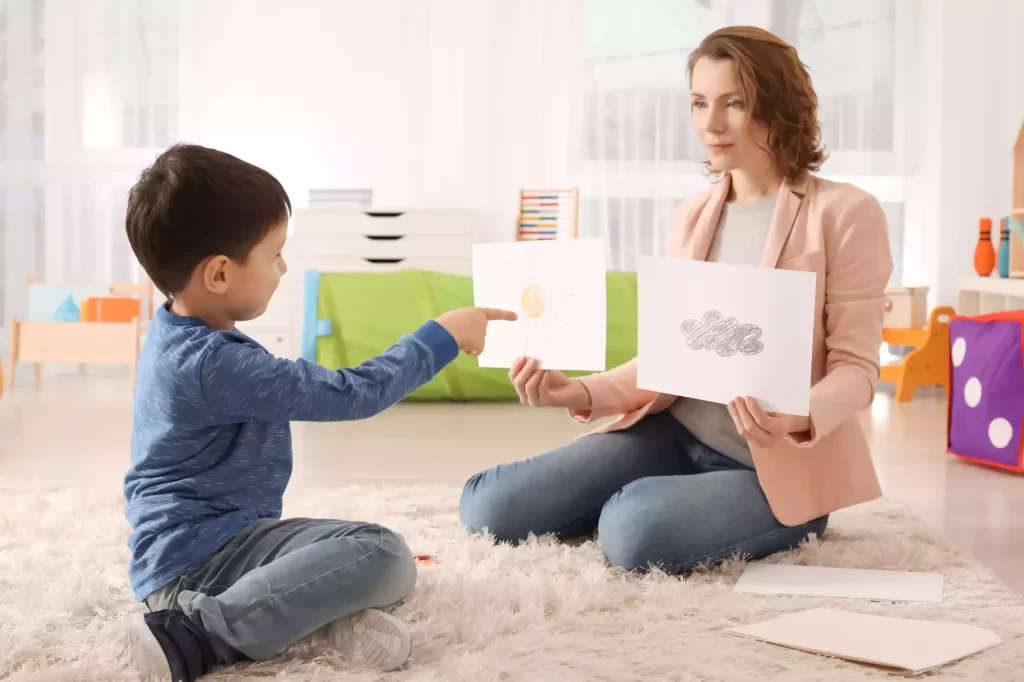
The application of ABA during learners’ everyday routines and activities as a naturalistic intervention (NI) to increase a desired target behaviour or decrease challenging behaviour. NI resumes as a collection of techniques and strategies embedded in typical activities and/or routines in which the learner participates to naturally promote, support, and encourage target skills/behaviours.
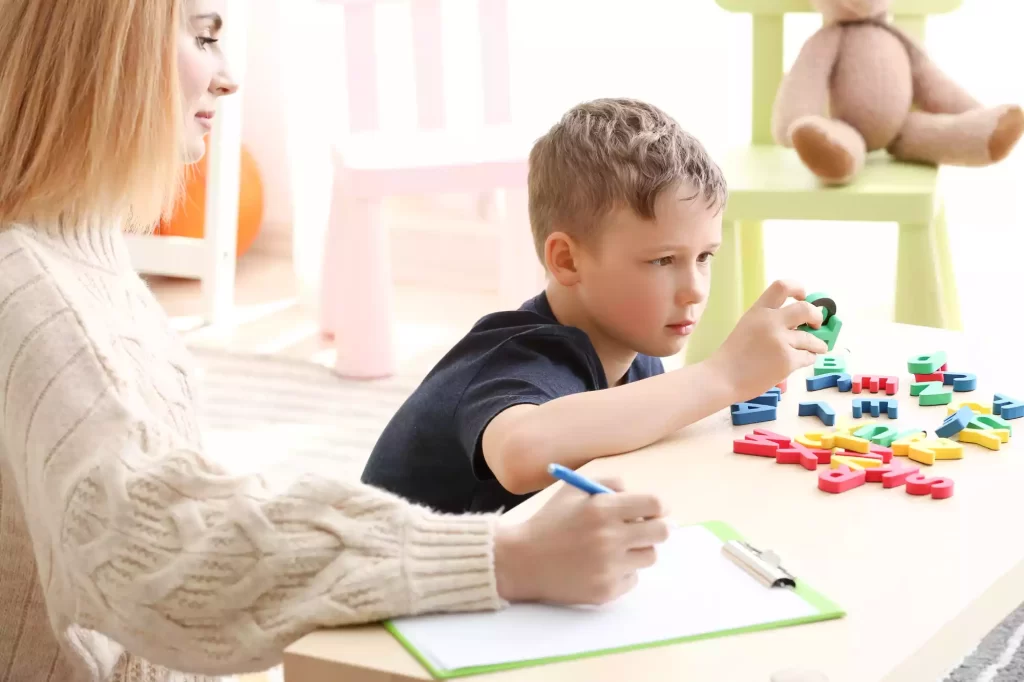
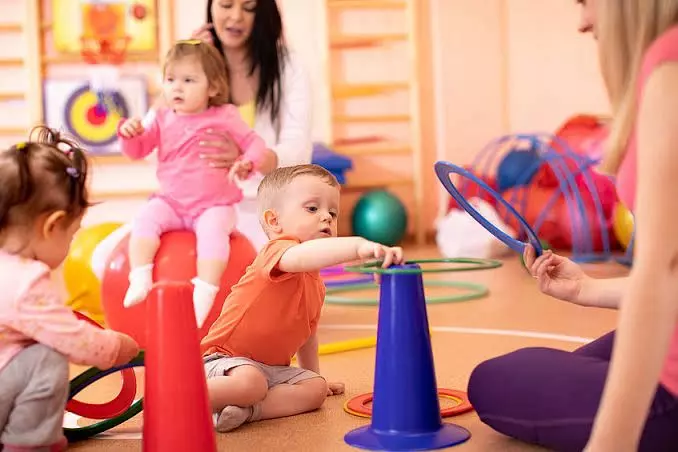
Psychomotricity focuses on exercise and movement, another EBP our team applies. It is based on the interrelationship between motor functions and the psychic life of the individual; the body is considered the anchor of sensorimotor, emotional, cognitive and social experiences.
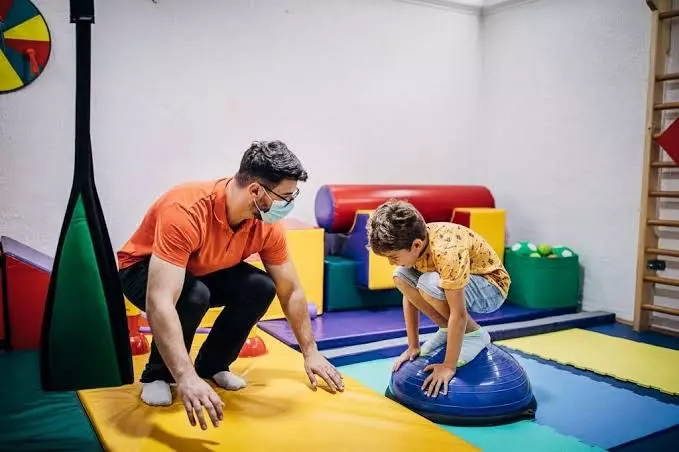
- Body image
- Tonus
- Laterality
- Spatiotemporal structure
- Motor coordination
- Executive functions (attention, concentration, memory)

Serves as a channel since the child can discharge his impulsivity without guilt. Decisive for children’s emotional balance.
Facilitates the acquisition of the body schema, allowing the child to become aware and aware of their own body.
Favours body control; through psychomotor skills, the child learns to master and adapt their body movement.
Helps to affirm laterality, postural control, balance, coordination, and location in time and space.
Stimulates perception and discrimination of the qualities of the objects as well as the exploration of the different uses that can be given to them.
·Creates habits that facilitate learning, improve memory, attention and concentration, and the child’s creativity.
Introduces spatial notions such as up-down, side-to-side, front-back, near-far and others from your own body.
Reinforces basic notions of colour, size, shape and quantity through direct experience with the elements of the environment.
Testimonials
HIGHLY HIGHLY RECOMMENDED! Worth your weight in gold Henry.